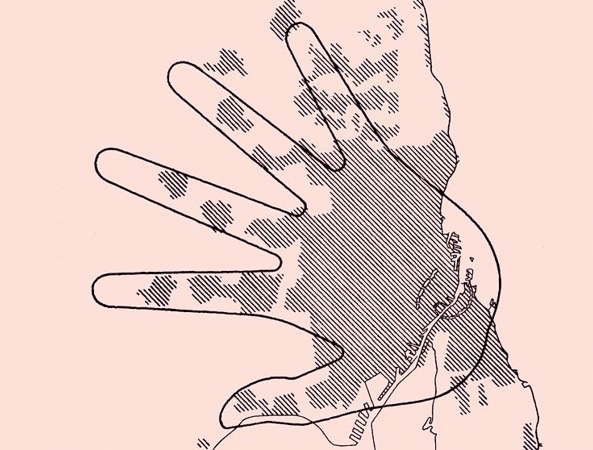Grassroots 2019
Fiona Mckay
Christopher Musangi, AIA, AIA UK 2019 VP with Les Jordan, AIA, AIA Continental Europe 2019 President at the Library of Congress Grassroots Reception
I landed in Washington DC on Tuesday 5th March, and slowly made my way from Dulles airport through the weekday DC traffic, to the Renaissance Hotel in the heart of the U.S. capitol. It was at this hotel that the 2019 AIA Grassroots conference was being held. As I crossed the Potomac, and gazed at the landmarks in the distance, I really had no idea what to expect at the Institute’s annual leadership conference. As I walked into the Renaissance Hotel, the buzz of architects and chapter leaders from across the US & the globe was visibly present. I didn’t expect to see this many AIA leaders, with name badges announcing chapters from the length and breadth of the US & abroad. They were picking up their registration packs, some already networking, and others getting reacquainted with fellow members they hadn’t seen in a while. Outside, winter had not yet released its grip on the city, but inside this hotel, the warm gathering, fellowship and dedication was encompassing.
The 2019 Grassroots conference brought together leaders in our field and beyond, to highlight the voice of the architecture profession, the value of architects in society, and the connections and collaborations necessary to improve the built environment for everyone. This was the guiding principle for the Grassroots 2019 theme: People, Purpose, and Partnership.
Institute leaders starting with the 2019 AIA President William J. Bates, FAIA, whom I had met in London a few weeks before, welcomed us to the conference. He reminded us that “first and foremost, people are at the heart of what we do. Our purpose is to leverage our love of design and unique problem-solving skills to advance our vision of a more sustainable, just and inclusive society.” The candidates for national office also presented their visions for the future of the AIA. The speeches were moving, and the drive palpable!
As the AIA UK chapter representative at the Grassroots conference, I was able to attend a few programmes all designed to help attendees become better leaders for our chapters, community and the architecture profession. From Gary Rifkins ‘Speak Like a Pro’, which focused on the ability to communicate with both professionalism and passion, to the Christopher Kelly leadership programme. One seminar I attended and which was in line with our chapter’s 2019 theme of Diversity & Inclusion, was the ‘Managing Cultural Difference in the Workplace’ seminar. This very engaging and eye-opening seminar examined the need in the architecture profession for addressing diversity and inclusion, and discussed successfully implemented initiatives that promote equity, diversity & inclusion as core values in chapters, firms, and communities.
As all the U.S. chapters broke off for meetings of their various regions, I was able to join those members from overseas for the International Region meeting. Our neighbouring chapter the AIA Continental Europe was represented, as well as AIA Japan, Shanghai, Hong Kong and the Middle East. I was encouraged to learn from our discussions, that as the first international chapter of the AIA, we were also leading in the number of CE programmes we offered our membership. It was good to network with my fellow international region officers, and agree on ways in which we could all collaborate across the miles.
I had a further networking and social event held at the august U.S. Library of Congress, where I was able to meet chapter officers from all over, some of whom were gladly surprised to learn of the existence of the AIA UK & International Chapters.
They keynote address by historian and author Doris Kearns Goodwin on how to be a strong leader was most powerful. I encourage everyone to listen to her TED Talk “Lessons from Past Presidents.” I left Grassroots 2019 feeling inspired and energised to continue assisting our chapter to improve our services to our membership, as well as with a renewed dedication to the architecture profession.
Grassroots Reception at The Library of Congress
AIA International Region Meeting, Grassroots 2019.
Written by: Christopher Musangi, AIA


















